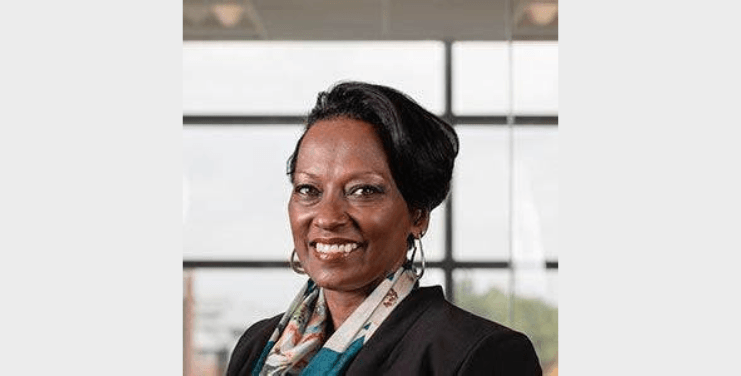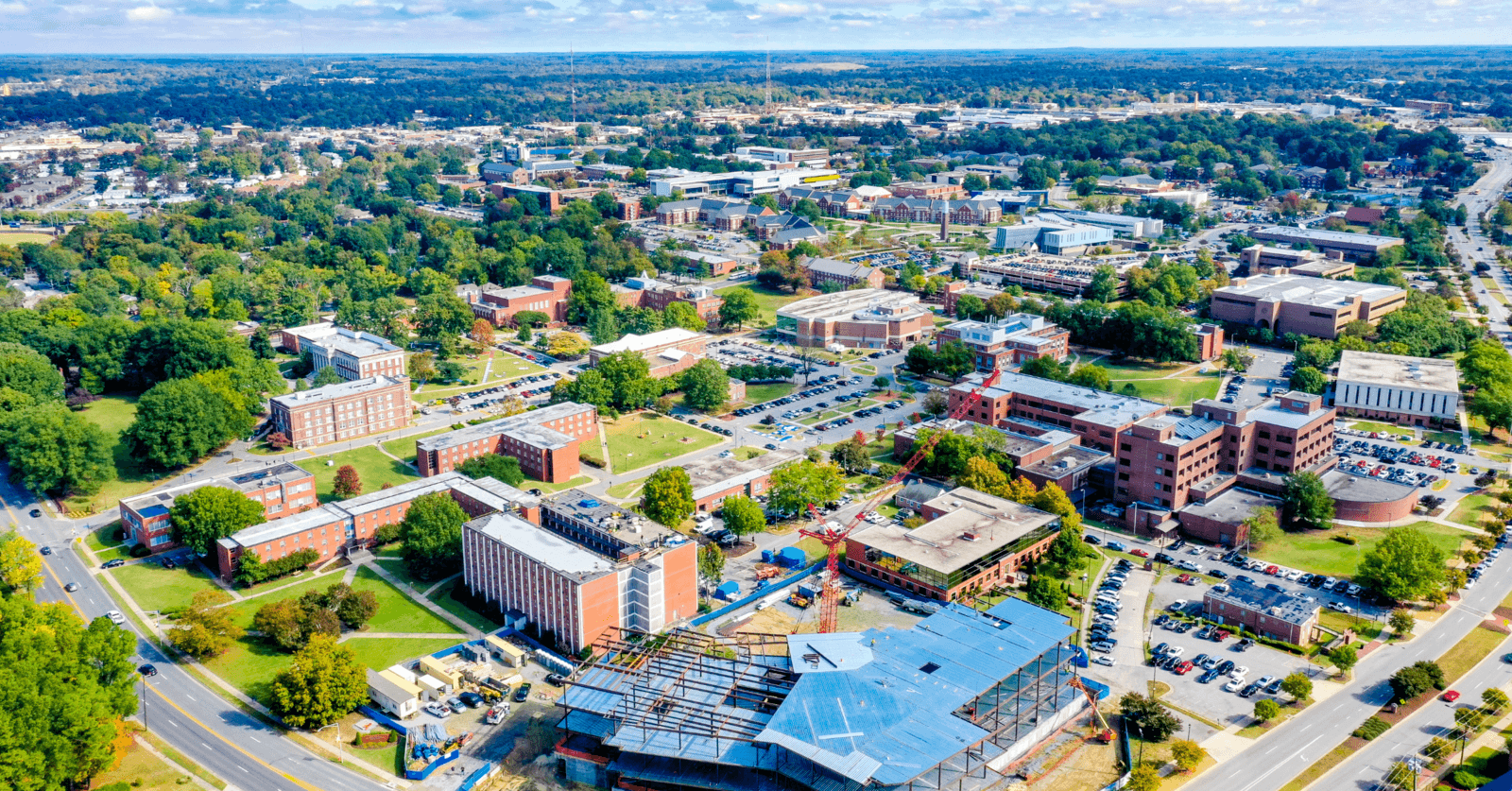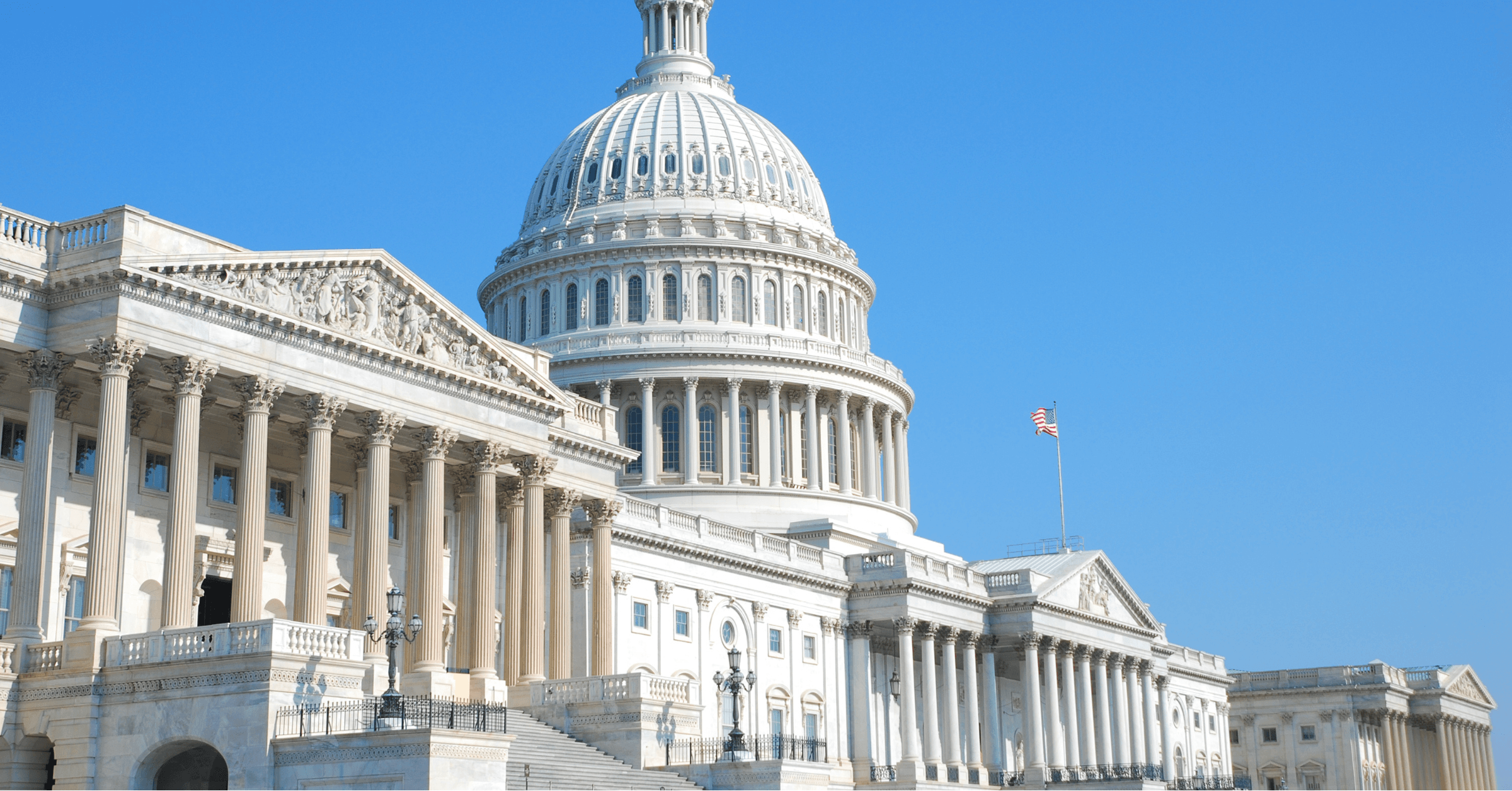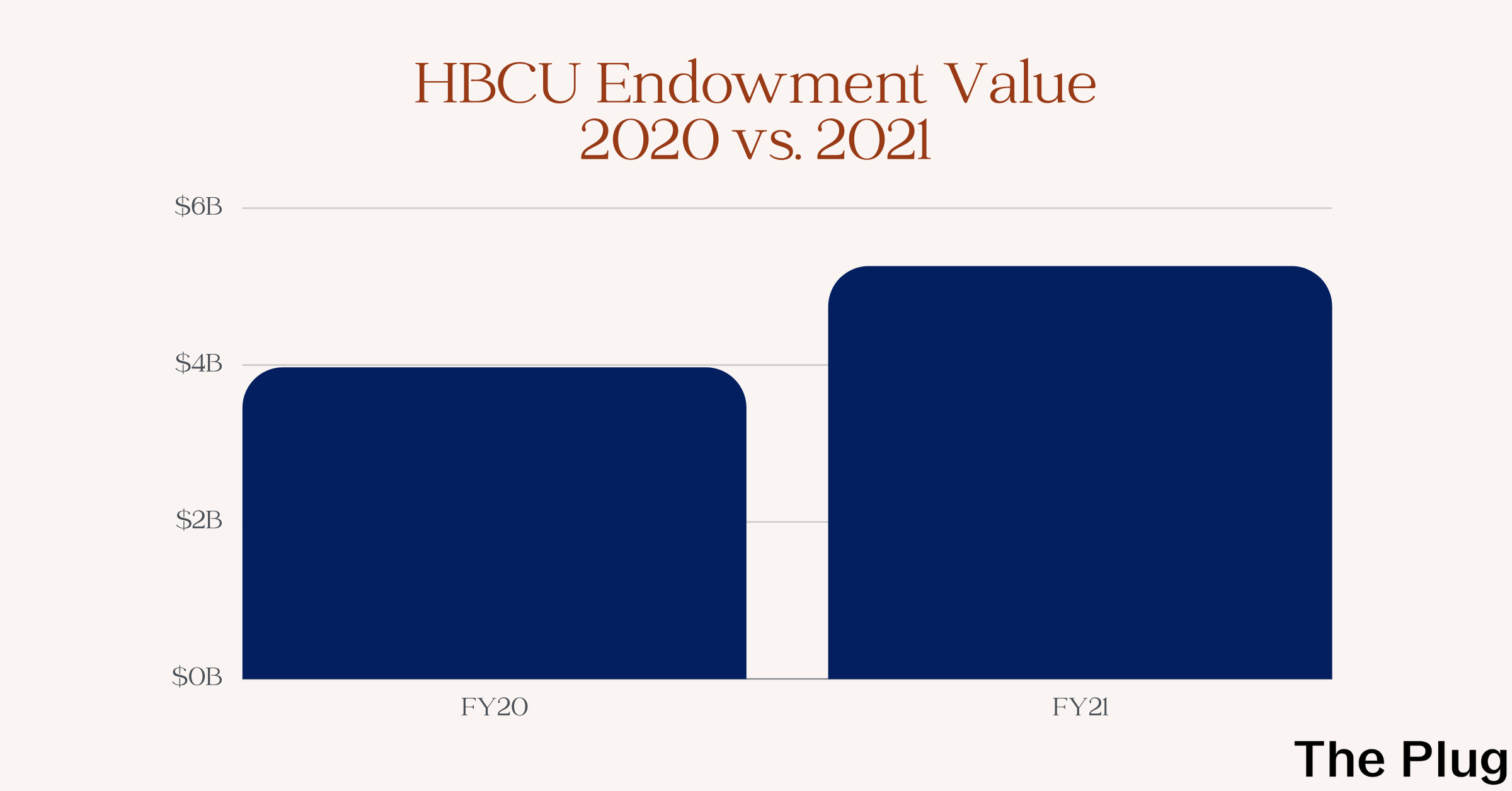KEY INSIGHTS
- The executive director of the White House HBCU Initiative is in her first year on the job after being named to the role in February.
- She previously served in a variety of public roles, including as the Virginia Secretary for Education.
- Over the next year, she has three main priorities for HBCUs: enhance opportunities, improve research capacity and tell their stories.
Dietra Trent, Executive Director of the White House Initiative on Advancing Educational Equity, Excellence, and Economic Opportunity through HBCUs, is where she is now because of her grandma.
“What I learned on my grandmother’s knee is service to others, service to community, service to yourself and responsibility,” Trent told The Plug.
Her grandma’s example led her to attend Hampton University, where she said she left “believing that I was directly picked to change the world single-handedly, like every HBCU graduate,” and then began her career in public service, first working on the history-making gubernatorial campaign of Doug Wilder, and eventually becoming Secretary of Education for Virginia.
Now, her latest role in public service is to help guide the federal government’s approach to HBCUs. President Joe Biden appointed her in February this year as the executive director of the White House HBCU Initiative.
No president has waited longer than September of their first year in office to name an executive director for the White House HBCU Initiative. For Biden, it took more than a year after his inauguration to name Trent as his pick.
This led to criticism from some in the HBCU community that the Biden administration was initially not doing enough for HBCUs, a criticism the administration has tried to bat away with high-profile surrogates, like Rep. Jim Clyburn, and press releases detailing $5.8 billion in investments for HBCUs.
But now that Trent is firmly in place as the leader of the initiative, this is what she aims to accomplish in her first year:
Enhance opportunities for HBCUs across all areas of the government
Over the past three months, Trent said she has been working with agencies to increase opportunity and break down barriers for HBCUs through a whole of government approach.
“So we’re looking at a whole of government approach here, to open the doors of the federal government and say, ‘HBCUs we want to work with you. We will work with you,’” she explained.
To that end, she prods officials to think about HBCUs. “I’m talking about how are you going to increase opportunities for internships, for fellowships? Or how are you going to increase opportunities for programs for HBCUs to participate in your programs, in your research and your grant proposals?” Trent said.
Improve research capacity and infrastructure at HBCUs
For Trent, part of enhancing opportunities for HBCUs also means improving their research infrastructure — in both the physical sense of labs, buildings, etc. as well as in what she calls “little i” infrastructure, meaning personnel.
“A year from now, I would like to be able to say that we have provided HBCUs with the support that they need to begin to build out that little I because it takes time,” Trent said.
The goal is to eventually have HBCUs classified as R1s, which is a status of research activity determined by a third-party organization that classifies schools based on a variety of characteristics like doctoral degrees conferred and research spending.
There is an unofficial hierarchy system to the classifications that translates into real-world funding. At the top is R1, classified as schools that have a very high degree of research activity, like Johns Hopkins University, MIT, University of Maryland College Park and Harvard University. Only three percent of the more than 4,300 U.S. colleges and universities the organization classifies are R1 and many consider it the pinnacle of higher education.
With no HBCU currently being an R1 university, there is an impact on the federal research funding, philanthropic donations and other funding sources they are eligible to get.
Over the next year, Trent hopes to continue enhancing the research capacity for the nearly a dozen HBCUs that are currently classified as R2, just one step away from the uppermost echelon.
Tell the story of what HBCUs contribute to the nation
One of Trent’s other goals is to spread the truth about what HBCUs have meant and will continue to mean for the U.S.
“We need to tell our story in the fact that this country can’t outcompete and can’t out-innovate other countries unless they have HBCUs at the table,” Trent said.
Her goal is to travel the country to talk about the excellence of HBCUs and what comes from these universities, the types of leaders they have created.
“A year from now, I want people to be knocking on the doors of these HBCUs and saying, ‘We need you.’ Because we need HBCUs at the table. That’s a fact.”








